Venus is the brightest of the planets, regularly appearing brighter than mag. –4.It also has the largest potential apparent size, something which is only achieved close to inferior conjunction.
A good challenge is to see whether you can spot the planet’s phase with your eyes only.
When Venus is close to inferior conjunction, it appears through the eyepiece as an ultra-thin crescent.It also approaches the theoretical limit of naked-eye resolution, at 1 arcminute.
It will appear larger than 1 arcminute between 1-17 January 2022 and it’s not uncommon to ‘see’ the phase of Venus when staring at it.

Unfortunately, this often turns out to be down to visual errors in your eye’s optical path rather than a true phase. Don’t worry, Venus is tricky in this respect!
A common issue when viewing a bright point source of light is the presence of astigmatic rays that emanate from the point, which can produce the appearance of a crescent shape.
If you see a clear shape to the planet, tilt your head. If the shape appears to rotate, it is in your head.
Observing crescent Venus
Part of the challenge of observing the crescent Venus in January 2022 will be to locate Venus itself (for more on this, see our guide to observing the planets in January 2022).
As Venus is close to the Sun, make sure you observe safely, and only when the Sun is below the horizon.
Consider enlisting help from someone who (a) you know has good eyesight, and (b) knows little about astronomy or Venus.
Don’t prompt them with any information, just ask them to look hard at the planet and write down what they see.
If they can see a shape to the planet, ask them to draw its orientation relative to the horizon.
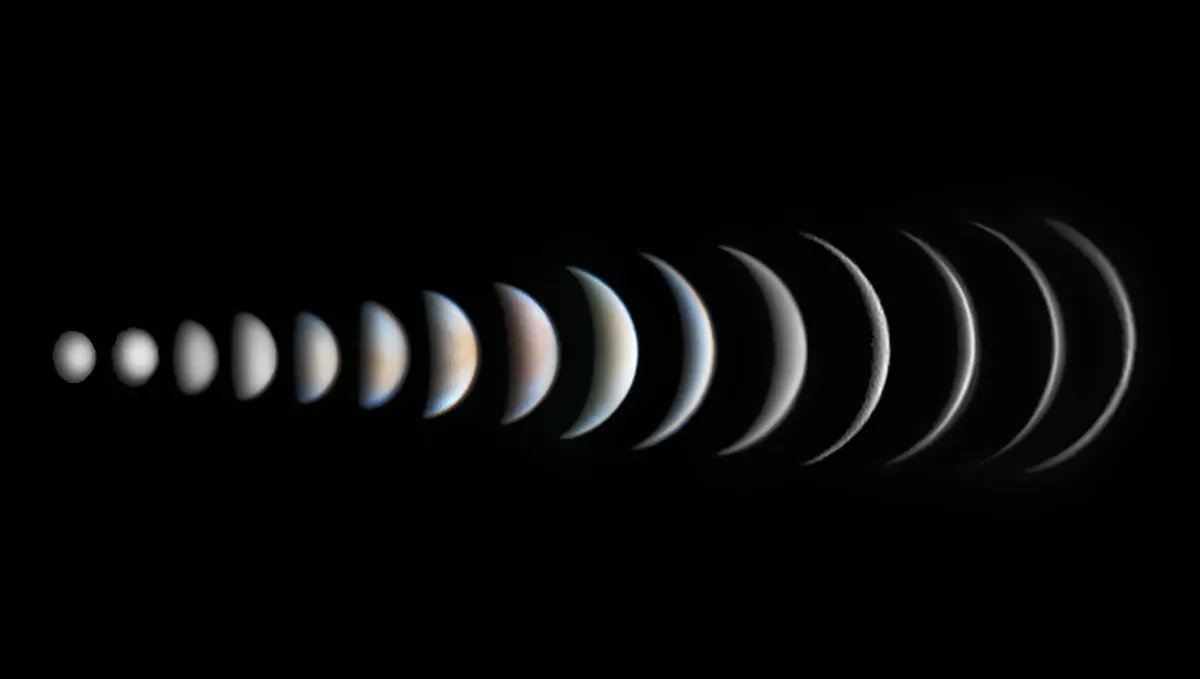
Another thing to try is to use a large sheet of card with a hole, placed some distance from you.
Looking at Venus through the hole without the distraction of its surroundings may help.
Remember, if you see something, does its orientation stay the same if you tilt your head?
This is a scientific experiment and as such you may report a negative result, which is fine. If you experience a positive result, we’d love to hear from you, along with the date, time and details of any method used.
You can email us at contactus@skyatnightmagazine.com and let us know how you got on.
Crescent Venus phases and dates
| Date | Phase (%) | Diameter (arcseconds) |
|---|---|---|
| 1 January 2022 | 0.025 | 60.9 |
| 2 January 2022 | 0.020 | 61.4 |
| 3 January 2022 | 0.015 | 61.8 |
| 4 January 2022 | 0.011 | 62.1 |
| 5 January 2022 | 0.008 | 62.4 |
| 6 January 2022 | 0.006 | 62.6 |
| 7 January 2022 | 0.004 | 62.7 |
| 8 January 2022 | 0.003 | 62.8 |
| 9 January 2022 | 0.003 | 62.7 |
| 10 January 2022 | 0.004 | 62.7 |
| 11 January 2022 | 0.005 | 62.5 |
| 12 January 2022 | 0.008 | 62.3 |
| 13 January 2022 | 0.010 | 62.0 |
| 14 January 2022 | 0.014 | 61.7 |
| 15 January 2022 | 0.018 | 61.3 |
| 16 January 2022 | 0.023 | 60.8 |
| 17 January 2022 | 0.028 | 60.3 |
| 18 January 2022 | 0.034 | 59.7 |
| 19 January 2022 | 0.041 | 59.1 |
| 20 January 2022 | 0.048 | 58.5 |
| 21 January 2022 | 0.055 | 57.8 |
| 22 January 2022 | 0.063 | 57.1 |
Photographing crescent Venus
A telescopic view of Venus in January will show its beautiful crescent phase and the planet’s brilliance makes it ideal for imaging.
The low altitude, however, will play havoc with the finesse of the crescent, wobbling the sharp cusps and rendering them blurry.
This can be offset by imaging during the day. Although the altitude of the planet never gets high, a little higher does make a difference. Also, the effects of temperature gradients are less severe in the day.
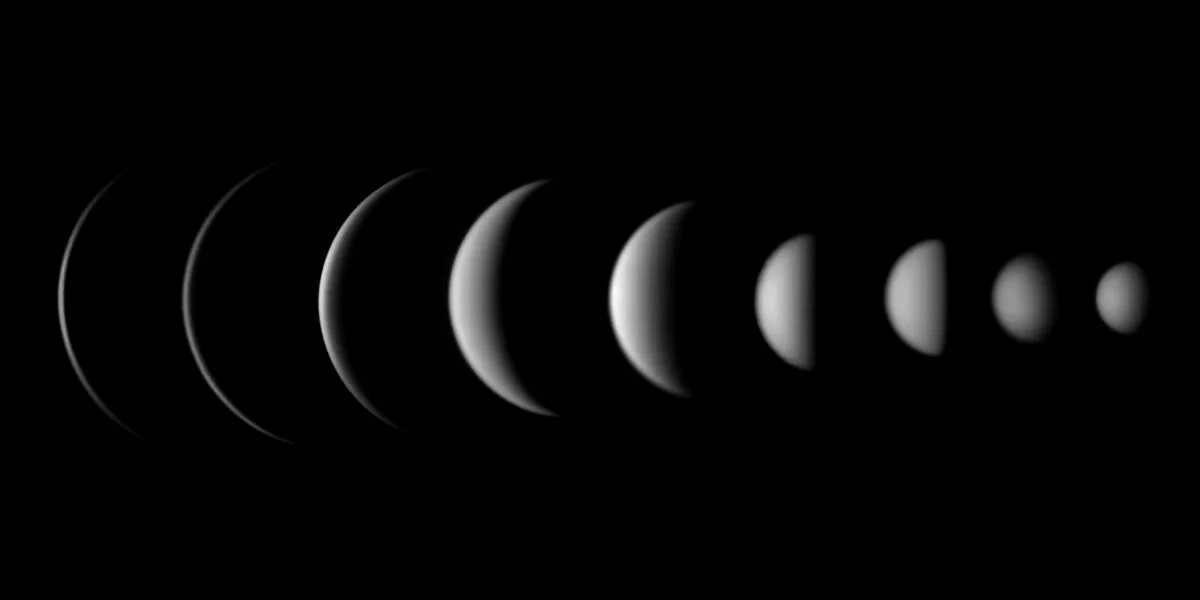
A high frame rate camera fitted to a telescope will give the best results, and as you’re going to be imaging through blue sky during the day, it’s recommended to fit an infrared pass filter to the camera’s front.
This has two benefits: firstly, it will darken the surrounding blue sky to black and second, it will reduce the effects of atmospheric turbulence.
Locating Venus in daylight carries a danger with it due to the proximity of the Sun. If your mount has setting circles, these are a great help.
If you’re not sure what you’re doing, attempt to image when Venus is either in the morning sky before sunrise, or in the evening after sunset.
Whichever method you use, it’s well worth capturing the Venusian crescent.
Recommended equipment
- Telescope fitted with a high frame-rate camera
- Polar-aligned tracking mount with setting circles
Photograph crescent Venus, step-by-step
Step 1
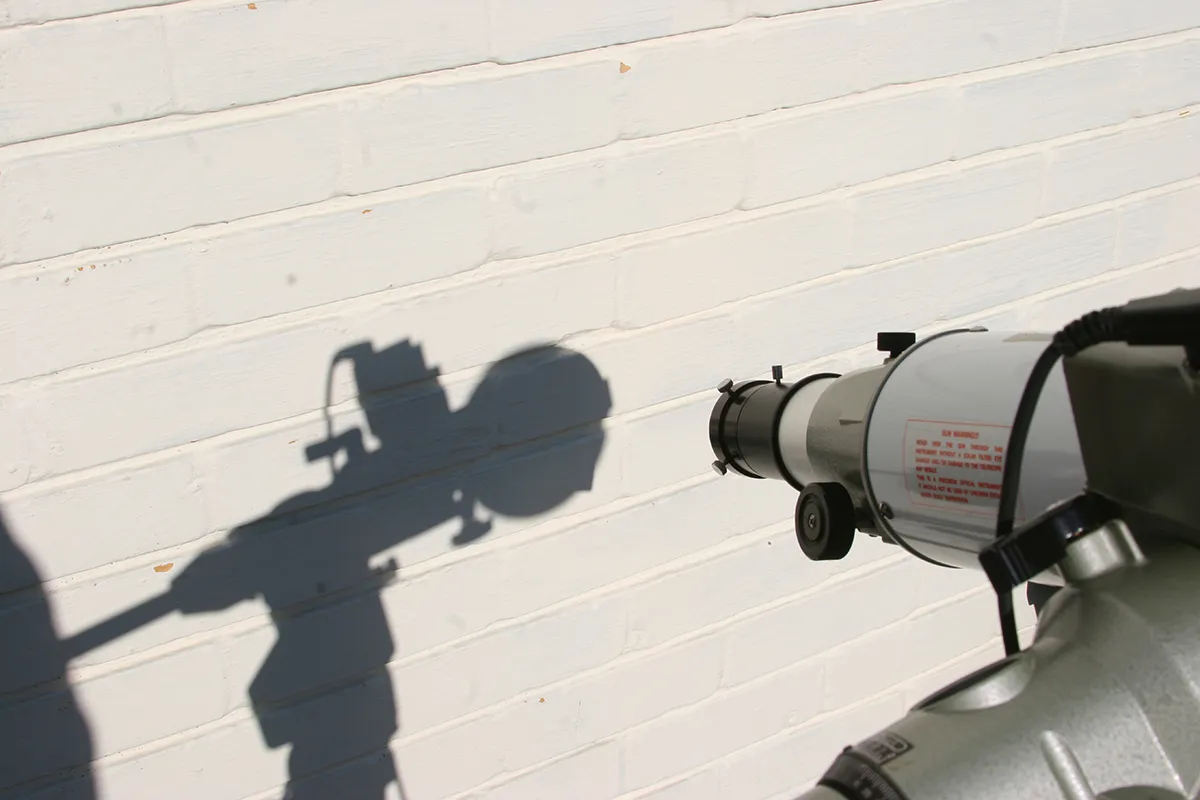
Use a camera setup that gives a 0.5-1.0°-width field of view. With the scope mounted and pointing away from the Sun, fit a full aperture, certified and pre-checked white light filter. Cap, filter or remove any finders and use the scope’s shadow to point at the Sun. Tweak the position until the Sun is seen by the camera.
Step 2
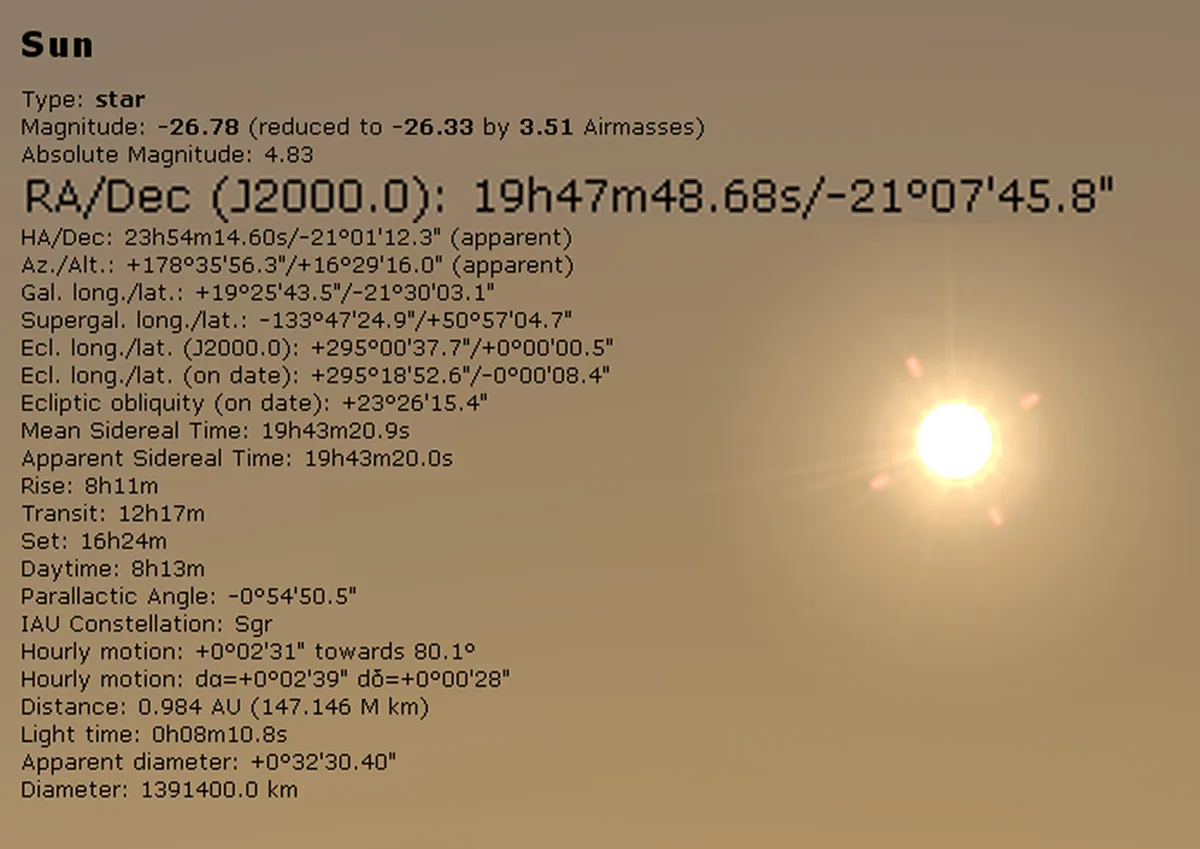
Twist your camera so slewing in RA (Right Ascension) moves the Sun parallel to the screen’s bottom edge. Focus on the Sun as accurately as possible. If there are no sunspots, use its limb. Next, centre the Sun’s disc on screen. Obtain its current RA and dec. (declination) with a planetarium program such as Stellarium.
Step 3
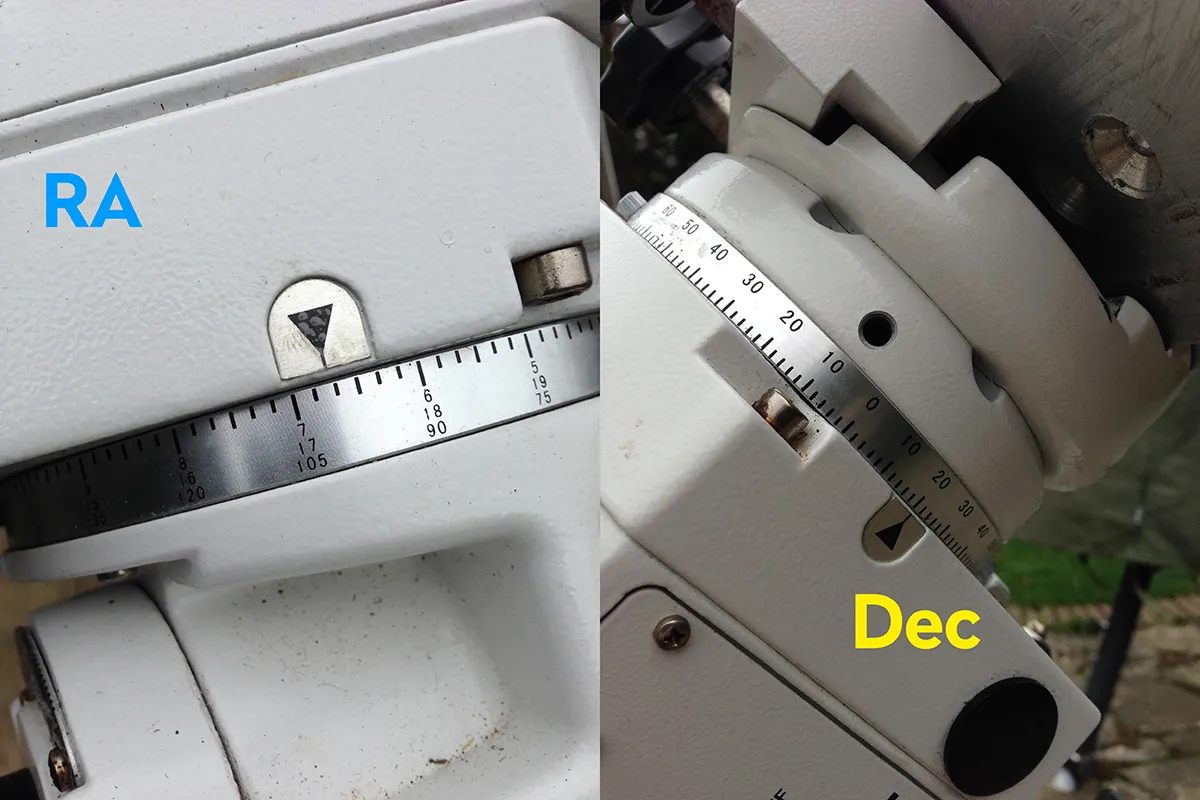
Using your mount’s RA setting circle, use the scale which increases in value when you slew east. Unlock the setting circle and rotate it to match the Sun’s RA value obtained in Step 2, then lock again. Do the same with the dec. scale, making sure you use the scale which increases in value when you slew north.
Step 4
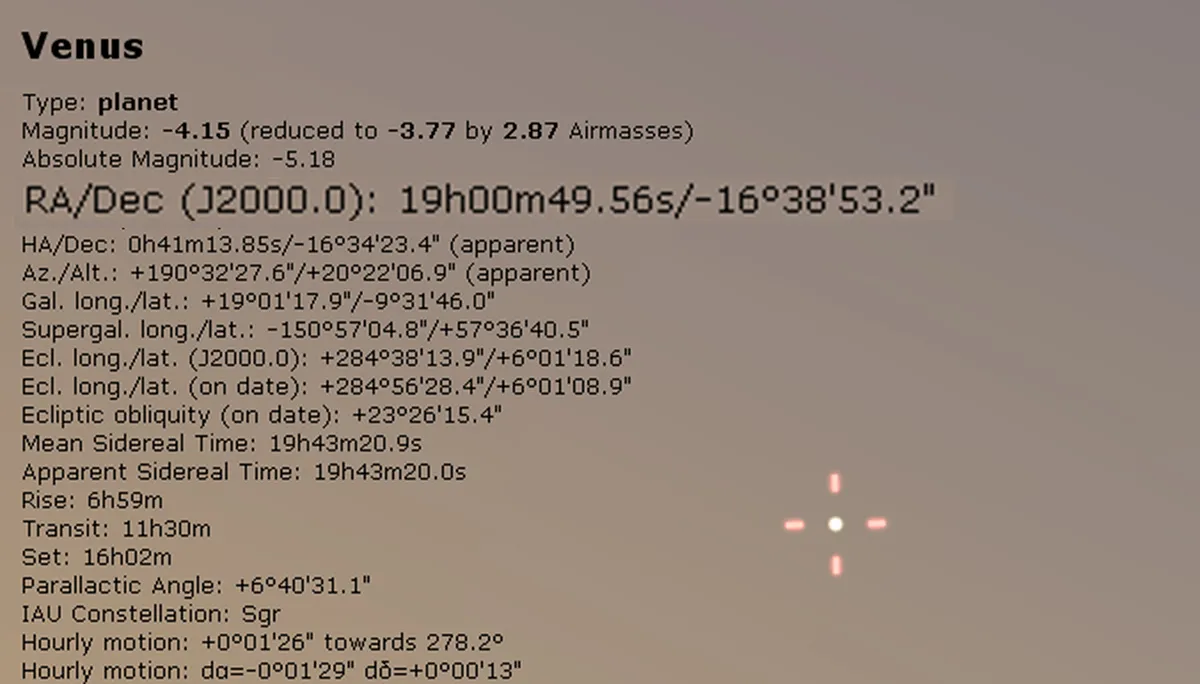
Look up the RA and dec. of Venus. Slew towards Venus in RA until the RA setting circle indicates the correct value. Slew in dec. until that setting circle matches. Early in January, Venus is north and east of the Sun; later in the month, it’s north and west. Ensure you’re pointing away from the Sun then remove the solar filter.
Step 5
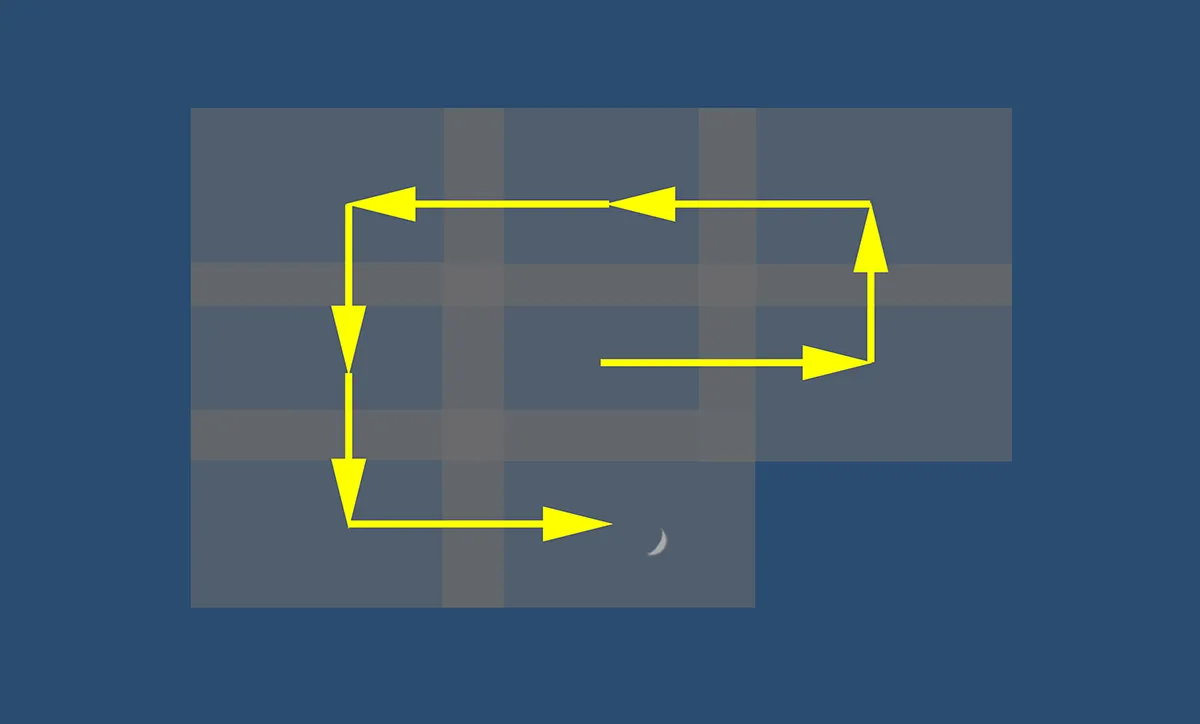
Venus may appear in frame, but typically you’ll need to do a small spiral search of the area, making sure you never point at the Sun. If the search area widens too much, give up and restart from Step 1. Once Venus is centred in the frame, try increasing the image scale with a Barlow lens; this will need re-focusing.
Step 6
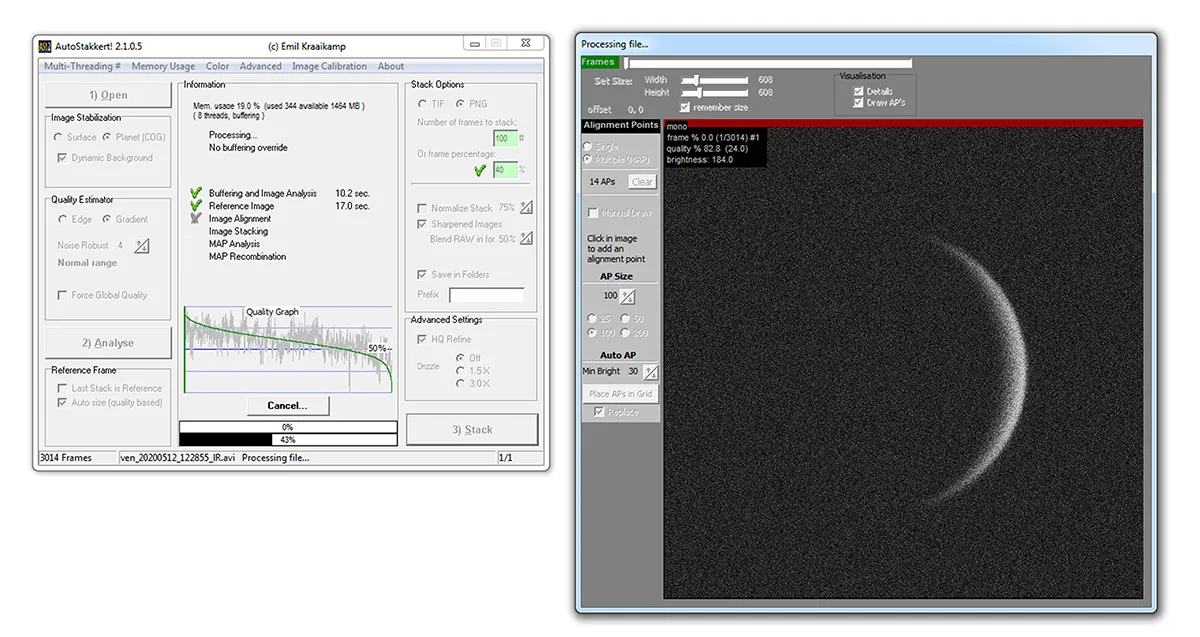
Adjust camera settings to balance a low gain and high frame rate. The use of an IR-pass filter helps to improve contrast. Monitor levels to avoid over-saturation and capture several thousand frames, processing results using a stacking program such as AutoStakkert! Point the telescope away from the Sun.
Share your crescent Venus images with us via Facebook, Twitter and Instagram, or find out how to send us your images.
This guide originally appeared in the January 2022 issue of BBC Sky at Night Magazine.
